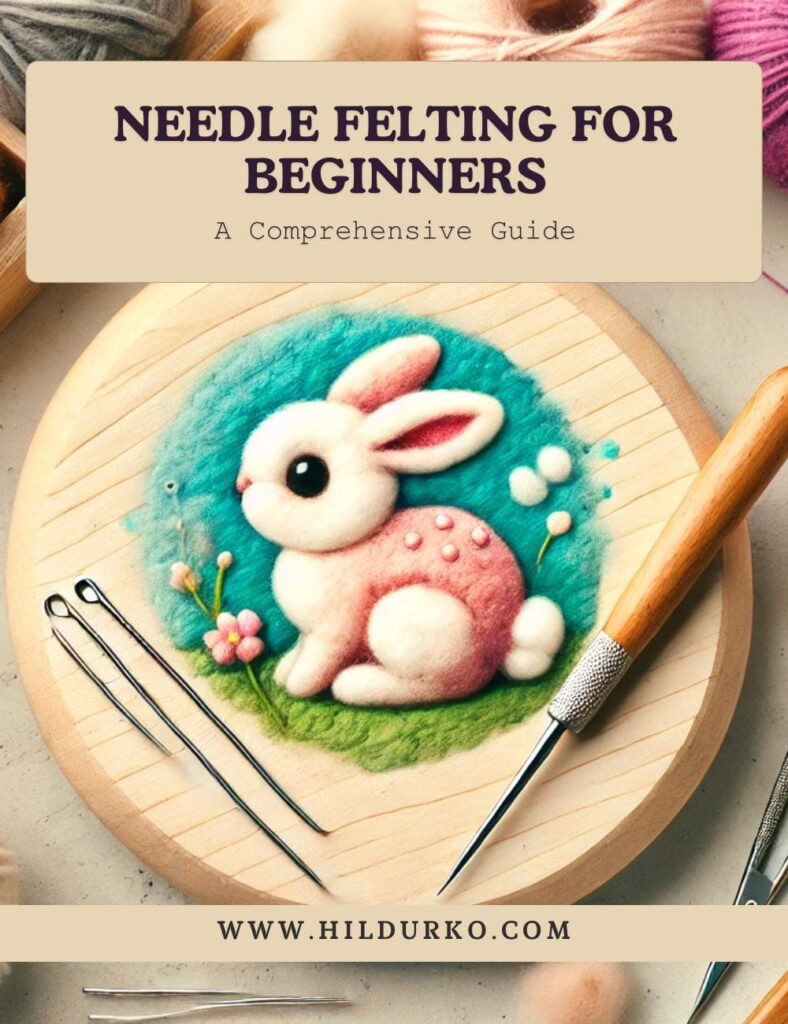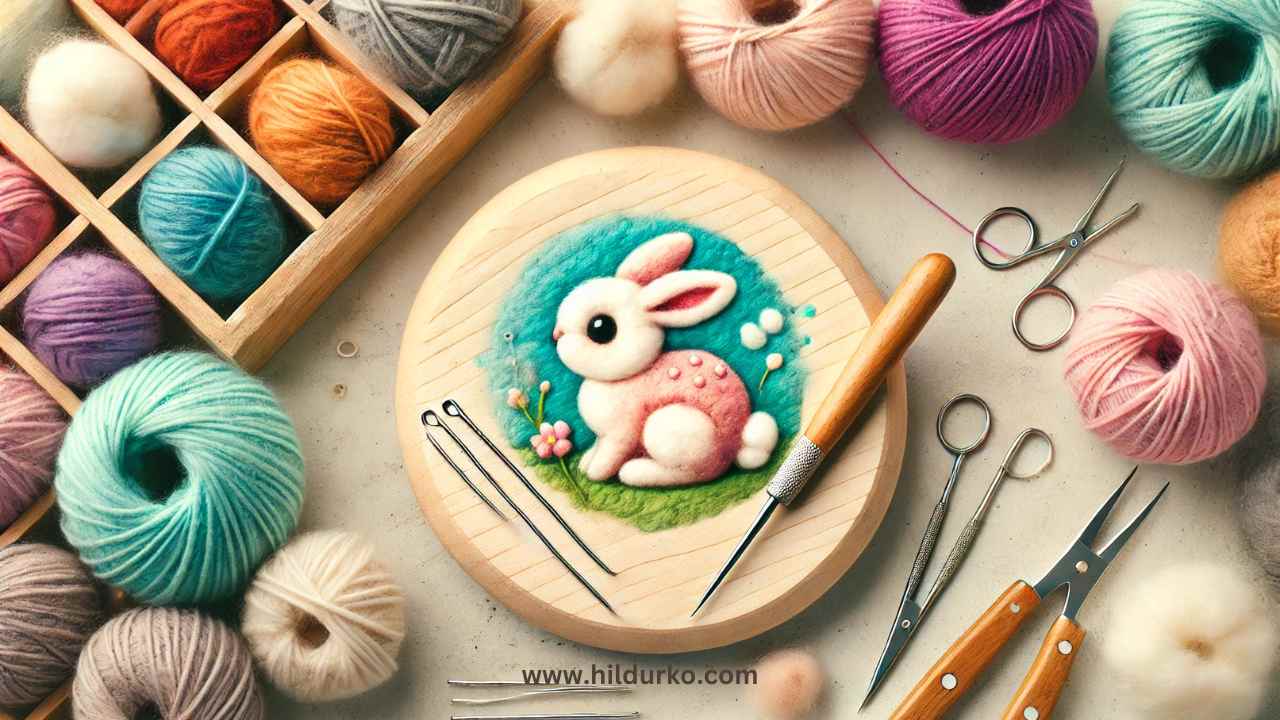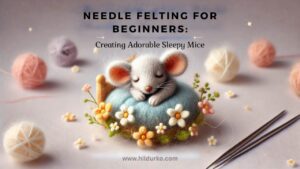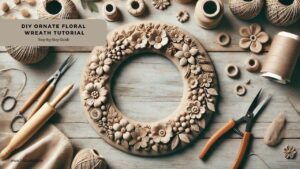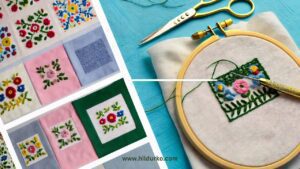Needle felting is a delightful and accessible craft that has been gaining popularity for its simplicity and the charming results it can produce. Whether you’re looking to create cute animals, decorative items, or even custom accessories, needle felting offers a relaxing and creative outlet. This beginner’s guide will take you through the basics of needle felting, including the materials you’ll need, fundamental techniques, and a simple project to get you started.
What is Needle Felting?
Needle felting is the process of sculpting wool into various shapes and forms using a special barbed needle. Unlike traditional felting, which involves soap and water, needle felting relies on the needle’s barbs to tangle and compact the wool fibers, forming a dense and firm structure. This method allows for detailed and intricate designs, making it perfect for creating small figurines, ornaments, and other artistic pieces.
Materials Needed
To begin your needle felting journey, you’ll need a few essential supplies:
- Wool Roving: This is the primary material for needle felting. Wool roving is unspun wool that comes in various colors. Merino wool is a popular choice for its softness and ease of felting.
- Felting Needles: These needles come in different gauges (thickness) and shapes. For beginners, a medium gauge (36-40) is a good starting point.
- Felting Surface: A foam pad or a felting mat provides a safe and forgiving surface to work on, protecting your needles and your work surface.
- Finger Protectors: Optional but highly recommended, especially when starting, to prevent accidental pokes.
- Other Tools: Scissors, a small brush, or a comb can be useful for shaping and finishing your projects.
Getting Started: Basic Techniques
Making a Basic Shape:
- Start by pulling off a piece of wool roving and rolling it into a loose ball or cylindrical shape.
- Place the wool on your felting surface and begin poking it with your felting needle. Use short, quick jabs, making sure to poke in and out of the wool to compact the fibers.
- Rotate the wool as you poke to ensure even felting and shaping. Continue until the wool forms a firm, dense shape.
Adding Details:
- To add details or additional shapes, take smaller pieces of wool and place them on the main shape.
- Poke the new wool into the main shape until it adheres firmly. This method can be used to add ears, limbs, or other features to your creation.
Smoothing and Finishing:
- Once your shape is formed, you can smooth out the surface by gently poking with a finer needle.
- For a polished look, lightly brush the surface with a small comb or brush to remove loose fibers.
Beginner Project: Felted Animal
Let’s create a simple felted animal, such as a basic bunny.
Step 1: Body and Head
- Roll a piece of wool into an oval shape for the body and another smaller piece for the head.
- Felt each piece separately, ensuring they are firm but not too stiff.
Step 2: Assembling the Body
- Attach the head to the body by placing the head on top of the body shape and felting the two pieces together at the connection point.
Step 3: Adding Ears and Limbs
- Form two small ear shapes and attach them to the head using the same felting technique.
- Create four small cylindrical shapes for the legs and attach them to the body.
Step 4: Detailing
- Add small pieces of colored wool for the eyes, nose, and any other desired features.
- Use a finer needle to smooth and refine the details.
Tips for Success
- Patience is Key: Felting can be time-consuming, especially when working on detailed projects. Take your time and enjoy the process.
- Experiment with Wool Types: Different wool types can produce different textures and finishes. Experiment to find your preferred material.
- Keep Your Needles Sharp: Felting needles can become dull with use. Replace them periodically to ensure efficient felting.
Conclusion
Needle felting is a versatile and enjoyable craft that offers endless possibilities for creativity. With just a few basic supplies and techniques, you can create a wide range of felted items. Whether you’re making cute animals, decorative pieces, or personalized gifts, needle felting is a rewarding and therapeutic hobby. Start with simple projects, build your skills, and soon you’ll be crafting intricate and beautiful felted creations. Happy felting!
For more helpful tips, take a look at these lovely artists:
LIKE THIS POST?
Share the link on your social media
or pin the image below to your Pinterest board!
